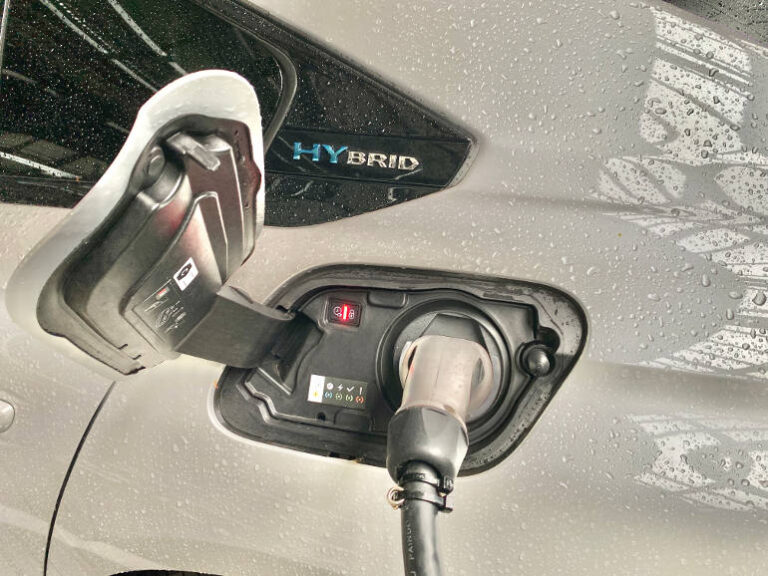A Plug-in Hybrid Vehicle (PHEV) looks complicated because it has an external charging port similar to an electric car. However, it’s more like a traditional vehicle which can be filled with petrol and driven like a petrol powered car. They do come with a battery that is recharged by the petrol engine while driving, or it can be recharged by plugging it into a power point.
What makes a PHEV different to a traditional hybrid is the larger battery size, and the ability to charge it externally. The larger battery lets you drive longer in EV mode which improves the driving experience and reduces CO2 emissions on your daily commute.
The size of PHEV batteries has been increasing and the latest generation Mitsubishi Outlander can now drive more than 80 kilometres when fully charged. If you’re like most people, this will allow you to drive to work and back in EV mode and then recharge overnight using off-peak power. It will give you an electric vehicle ownership experience with the flexibility of a petrol tank when you want to take a longer trip.
If you don’t charge the battery externally, the petrol engine will charge the battery when it has spare capacity. The engine management system will also use regenerative braking to return energy to the battery when you slow down. This is how a traditional hybrid car works to achieve lower fuel consumption than a non-hybrid car which saves you money at the pump. And PHEVs give you the same benefit.







